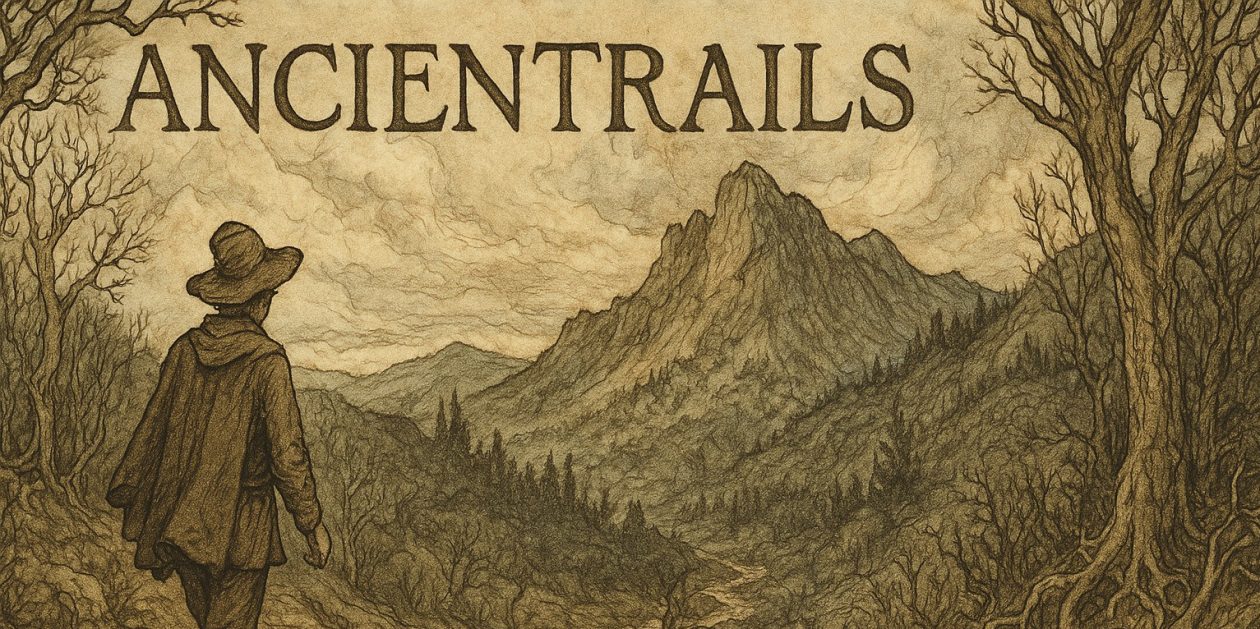Lughnasa and the Korea Moon
Saturday gratefuls: Seoul. My boy. Murdoch. Seoah and her golf bag. Walking without pain. Slow. Flaneuring. The home street for my son and Seoah’s apartments. A grocery store. Drug stores, banks. Coffee shops and restaurants. Paris Baguette. Appreciating the 20 seconds to cross a street. Possible Snow today back home. Back to sightseeing. A wiser and slower man.
Sparks of Joy and Awe: Healing
One brief shining: Heel first, then second toe in a straight line from the body, head up, stomach in I headed out yesterday morning to test my healing back and found go slow, walk healthy as Mr. Lee said enough to get me through six blocks there and back with no pain.
Walter Benjamin, an art critic, essayist, and wide ranging thinker of the early 20th century commented on the flaneur in his essay The Return of the Flaneur. The flaneur he said is a resident of the city in which he strolls. As such he does not observe as a tourist does looking for history, art, famous landmarks; rather, the flaneur notices the chipped curbstone in front of a shop he knows is now onto yet another business. He recognizes the dog who sleeps under the back stairs of an apartment building and recalls the children who play with the dog. The flaneur embraces the city as a living, changing organism, not an open air museum.
I want to add a middle ground between flaneur and tourist, the traveler. The traveler comes to a place as an outsider like the tourist and has an interest in art, in history, in landmark, that famous restaurant or park or cemetery. Yet in distinction from the tourist the traveler happily sits at a local cafe, watching the traffic, mothers with their children, school children in their uniforms, eating food different from her usual diet.
Unlike the flaneur the traveler has no background of memory with which to understand the more domestic and homey aspects of the scene, yet she delights in the bits of life that are ordinary here, yet so unlike home. Ah, the old man sits in the store front fanning himself. Not a customer there, just tired. The woman passing by with a plastic bag holding an unfamiliar vegetable and scrubbing pads for the sink.
While in places foreign to me, I want to be a traveler first, a tourist second. An amateur-though trained-ethnologist watching for cues to the culture dominant where I find myself.
The ease with which Koreans access and use their medical system. The Orthopedic Hospital I visited on the second floor of a non-descript office building, an empty store front on the first floor. Hardly the pretentious campus of the American hospital. A grimy elevator moves patients from street level to the waiting room.
Street vendors selling bags of cereal. Small bottles of energy drinks. Socks and t-shirts. Women with the visor that seems ubiquitous in Asia. A woman smiling and bowing as she gets her taxi before Seoah and I get ours. The public building up the street with what looks like electronic circuitry designs on its facade.
The Dunkin Donut franchise that now offers butter donuts because, according to their sign, that’s what Koreans want. Those small transparent paper packets that hold doses from the pharmacy below the hospital. Of course signs in Hangul. Some English.
Or, to retreat back in time to 2004 Singapore the then government’s smile campaign, trying to convince glum looking Singaporeans many of them Hokkien Chinese to turn that frown upside down.
The tendency in Korean to end a sentence or a word on an ascending note, not a descending one as we Americans do. The Noryangjin fish market. The delivery man with two heavy packages balanced on his back stooped over and pressing the elevator button.
These are the things in which a traveler delights. Their mystery, yes, but also their ultimate cohesion, their oneness with Korean culture. In this instance.
